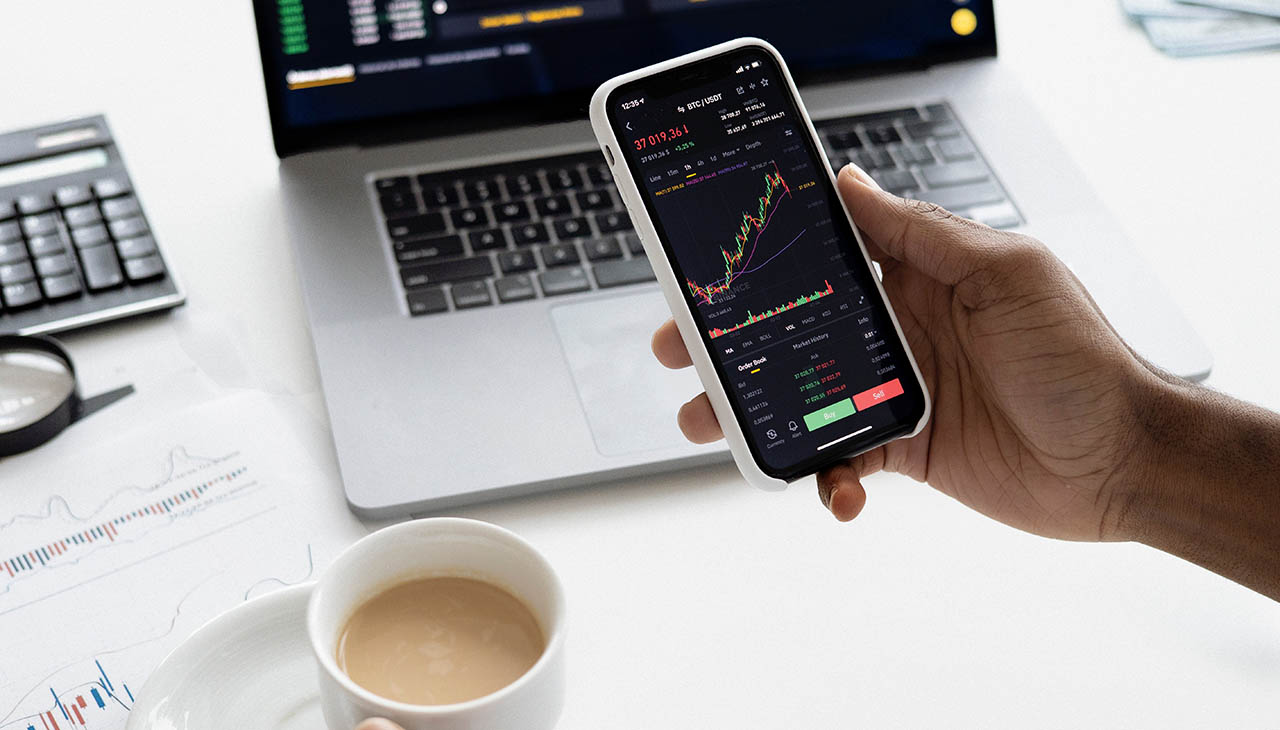The world of foreign exchange trading has undergone a major transformation in recent years, with the rise of algorithmic trading. This technology-driven approach to currency trading has upended traditional trading methods, allowing traders to make faster and more precise decisions based on vast amounts of data. In this article, we will explore how algorithmic trading is changing the forex market, and why it’s becoming an increasingly popular choice for traders looking to stay ahead of the game.
The Traditional Forex Market
The traditional forex market involves buying and selling currencies manually through a broker or other financial intermediary. Traders typically rely on fundamental and technical analysis to make trading decisions and use manual calculations and charts to identify trends and patterns in the market. This approach is often time-consuming and requires significant expertise and experience to be successful.
One of the major limitations of traditional forex trading is the potential for emotional bias and human error. Traders may be influenced by their personal biases or emotional reactions to market events, leading to suboptimal trading decisions. Additionally, manual trading can be slow and reactive, which can result in missed opportunities or delayed responses to rapidly changing market conditions.
Algorithmic Trading: An Overview
Algorithmic trading in forex involves using computer programs and algorithms to execute trades based on predefined criteria. These algorithms are designed to analyze vast amounts of market data and execute trades automatically, without the need for human intervention.
The algorithms used in algorithmic trading can be based on a variety of factors, such as technical indicators, news events, or other market signals. They can also be programmed to adjust their trading strategy based on changing market conditions.
Algorithmic trading has numerous advantages over traditional trading methods. It is faster, more accurate, and less prone to emotional biases and errors. It can also process large amounts of data in real time, allowing traders to respond quickly to market events.
The use of algorithmic trading has become increasingly popular in recent years, as the technology has become more sophisticated and accessible. Many large financial institutions and hedge funds rely heavily on algorithmic trading to execute their trades. However, smaller traders and retail investors can also take advantage of algorithmic trading through the use of automated trading platforms and tools.
Technology Driving Algorithmic Trading
Technology plays a crucial role in driving algorithmic trading in the forex market. Some of the key technologies used in this approach include:
- Big data analytics: Algorithmic trading relies on processing large amounts of data in real-time to make informed trading decisions. Big data analytics tools enable traders to collect and analyze vast amounts of market data from multiple sources and use this information to make more accurate predictions about market movements.
- Artificial intelligence and machine learning: These technologies enable algorithms to learn and adapt to changing market conditions over time. By analyzing historical data and identifying patterns, algorithms can make more accurate predictions about future market movements.
- Low latency and high-speed Internet connectivity: To execute trades quickly and efficiently, algorithmic traders require low latency and high-speed Internet connectivity. This allows them to access market data and execute trades in real time, reducing the risk of missed opportunities or delayed responses to market events.
Overall, the use of advanced technologies is essential for successful algorithmic trading in the forex market. As technology continues to evolve, we can expect to see even more sophisticated algorithms and tools being developed to support this rapidly growing field.
Impact of Algorithmic Trading on Forex Markets
Algorithmic trading has had a significant impact on the forex markets, including:
- Increased efficiency and liquidity: Algorithmic trading has increased the efficiency of the forex markets by providing faster execution times, reducing bid-ask spreads, and increasing liquidity. This has made it easier for traders to enter and exit positions quickly and at more favorable prices.
- Changes in market structure and trading patterns: As algorithmic trading has become more prevalent, it has changed the way that the forex markets operate. For example, high-frequency trading (HFT) algorithms have led to an increase in short-term trading and a decrease in long-term investment strategies.
- Potential risks and challenges: Algorithmic trading also poses potential risks and challenges to the forex markets. For example, the use of algorithms can lead to increased volatility and flash crashes if multiple algorithms respond to the same market event at the same time. Additionally, there is a risk that algorithms can amplify market movements or create unintended consequences.
Overall, while the impact of algorithmic trading on the forex markets has been significant, traders and regulators need to be aware of the potential risks and challenges associated with this approach. By balancing the benefits of algorithmic trading with the need for market stability and fairness, we can ensure the ongoing growth and success of the forex markets.
Conclusion
In conclusion, algorithmic trading has transformed the forex market by allowing traders to make faster, more precise decisions based on vast amounts of data. The use of advanced technologies such as big data analytics, artificial intelligence, and high-speed connectivity has made algorithmic trading more accessible and efficient than ever before.
